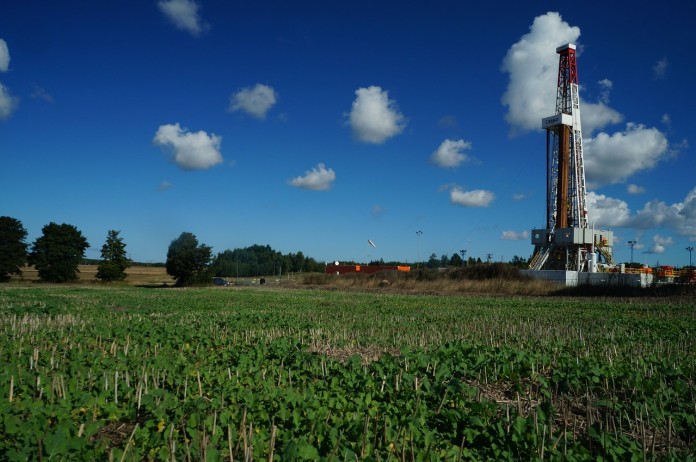The oil and gas industry was hurting before COVID-19 containment measures caused a historic drop in demand. This could be the final nail in the coffin for some energy companies.
“Not everybody is going to be able to make it through this,” said Mike Chadsey. “Times were tight to begin with.”
Chadsey is the director of public relations for the Ohio Oil and Gas Association. The stay-at-home order and other restrictions have been tough on the oil and gas industry, even though it was deemed essential by Gov. Mike DeWine.
“We are thankful and grateful to Gov. DeWine for very early on in this recognizing that oil and gas is critical infrastructure,” Chadsey said. “Our guys have been at work pretty consistently throughout this.”
The situation
Things weren’t great before the pandemic. The price of natural gas was low — around $2 per million British Thermal Units. There was a glut of it on the market. The mild winter didn’t help. People didn’t need to use as much fuel to heat their homes.
A price war between Russia and Saudi Arabia broke out and flooded the global markets with oil. The U.S. was struggling to keep hold of its share of the oil market. This happened as the new coronavirus spread further and further, impacting transportation. People were staying at home, not driving or flying.
OPEC and Russia recently agreed to cut oil production starting in May. So that may help the oversupply problem. It still doesn’t change the fact that people aren’t traveling.
Demand for gasoline in the U.S. had dropped by 45% since mid-March, according to data from the U.S. Energy Information Administration. It went from 9.6 million barrels the week of March 13 to 5.3 million barrels the week of April 17. That’s the lowest it’s been in decades.
U.S. oil futures crashed to a historic low — below $0 a barrel — April 20. Gas prices in the Midwest are averaging $1.51 per gallon. Last year at this time, gas was $2.73 a gallon.
Storage is also an issue. Off-shore oil tankers are filling up, as are on-land tanks and pipelines.
“We’re looking for more markets, more end use,” Chadsey said.
Pipelines being built now will help get gas to markets, like the Shell Falcon pipeline that will take gas from eastern Ohio and western Pennsylvania to supply Shell Chemical’s ethane cracker plant in Beaver County, Pennsylvania. If the cracker plant proposed in Belmont County comes to fruition, that will help too, although the two Asian companies behind the project just announced the decision to proceed is delayed because of COVID-19.
Ethanol hit too
The ethanol industry is having similar issues. Most gasoline in the U.S. contains about 10% ethanol, thanks in part to the Renewable Fuel Standard.
“As long as you can assume every gallon we sell will have 10% ethanol, whatever will happen to overall gasoline demand will happen to ethanol demand,” said Scott Irwin, an agricultural economist with the University of Illinois.
A number of U.S. ethanol plants around the Midwest have temporarily slowed or stopped production. Less ethanol being produced means less corn needed to go into the plants. So, are farmers going to adjust what they plant? Time will tell.
The U.S. Department of Agriculture Prospective Plantings report that came out at the end of March estimated 97 million acres of corn being planted this year, up 8% from 2019, although the report was based on surveys taken before the pandemic hit hard in the U.S.
The good news is that once things open back up and people are allowed to socialize, travel and attend events, the floodgates of demand will open, so to speak. People are chomping at the bit to get out of the house, Chadsey said.
“There is a huge pent up demand for just plain and simple human interaction,” Irwin said. “We are social animals. We want to socialize.”
The bad news is that there will likely be bankruptcies, mergers or acquisitions for oil and gas companies as the pandemic drags on. Some companies were already on the brink of failure as the year began.
The same may happen in the ethanol industry.
“How severe that shakeout will be depends to a huge degree on how long this lasts,” Irwin said.
(Reporter Rachel Wagoner can be contacted at 800-837-3419 or rachel@farmanddairy.com.)










